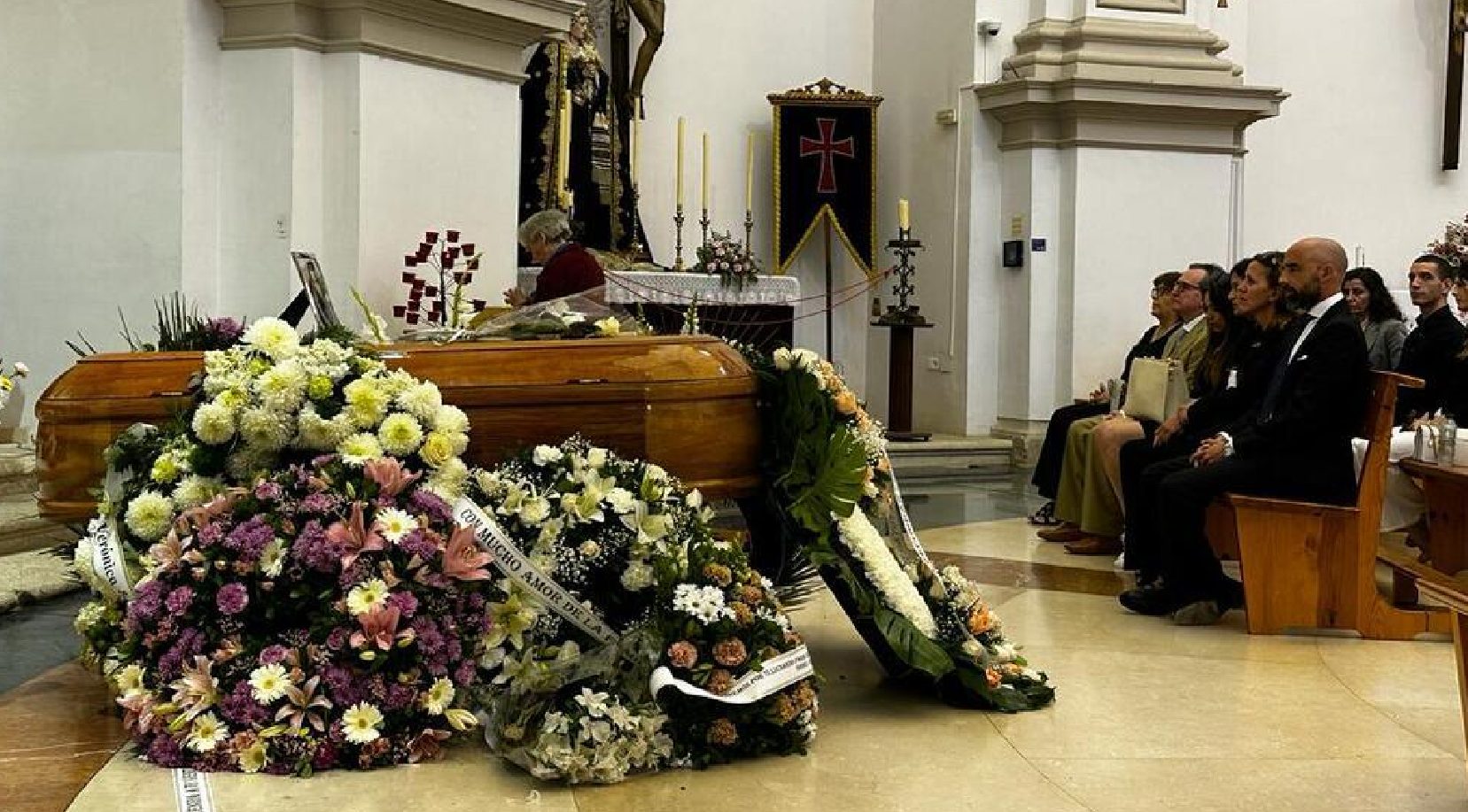Edward McNamara, LC
(ZENIT News / Rome, 06.28.2024).- Answered by Legionary of Christ Father Edward McNamara, professor of liturgy and sacramental theology and director of the Sacerdos Institute at the Pontifical Regina Apostolorum university.
Q: I have searched, unsuccessfully, for guidance related to the final commendation following the funeral Mass. I have conducted this a few times in my 37 years as deacon when the deceased was a parent, family member or a close parishioner that I have known for many years. Some priests have said it is right that I send them forth from the Church as the last farewell, while others tell me it is reserved for the priest celebrant, and I should not do it. Can you direct me to a credible source that can clarify this issue? I appreciate any assistance you can provide. — T.O., Mantua, New Jersey
A: The rituals generally presume that it will be the presiding priest who will perform the final commendation at a funeral Mass.
This follows two guiding liturgical principles. First that, with some exceptions, there should not be a change of presider during a celebration and, second, a deacon should not preside in the presence of unimpeded priests and bishops.
This is probably why our reader has found so little regarding this topic. The legislator is unlikely to regulate what is not usually supposed to happen.
However, these are general rules of liturgical procedure and not dogmas that abide no exceptions.
Indeed, in the case of the final commendation, some exceptions are already foreseen. For example, a bishop who attends a funeral without concelebrating may perform the final commendation.
This can happen in many circumstances. It can easily happen that the bishop attends the funeral of a deceased public official, but the family desire that the Mass be celebrated by a priest who was a friend or relative.
It can also be noted that the funeral rubrics prefer that the final commendation takes place after the celebrant has prayed the closing prayer and kissed the altar. This means that, in a way, the funeral Mass has concluded, and the final commendation constitutes a different ritual moment that can allow for a change of presider in some cases.
Therefore, the priests who allowed the deacon to conduct the final commendation probably made a pastoral decision that the spiritual benefits for the family of the deceased, and even for the deacon himself, warranted an exception to the usual liturgical precedence.
Those priests who said that the final commendation is reserved to the presiding priest, and not the deacon, are indeed correct. This is not something that should normally be done even though there might be some exceptional pastoral circumstances.
With respect as to who may direct the final prayers before burial or cremation at the cemetery, it can be either the priest or the deacon. If both go to the burial ground, the priest would usually conduct the ritual following the general rule of liturgical precedence.
* * *
Readers may send questions to zenit.liturgy@gmail.com. Please put the word «Liturgy» in the subject field. The text should include your initials, your city and your state, province or country. Father McNamara can only answer a small selection of the great number of questions that arrive.
Thank you for reading our content. If you would like to receive ZENIT’s daily e-mail news, you can subscribe for free through this link.



